
Samuel Butler was an English poet and satirist. He is remembered now chiefly for a long satirical poem titled Hudibras.

Publius Vergilius Maro, usually called Virgil or Vergil in English, was an ancient Roman poet of the Augustan period. He composed three of the most famous poems in Latin literature: the Eclogues, the Georgics, and the epic Aeneid. A number of minor poems, collected in the Appendix Vergiliana, were attributed to him in ancient times, but modern scholars consider his authorship of these poems to be dubious.
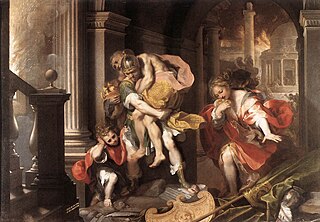
The Aeneid is a Latin epic poem that tells the legendary story of Aeneas, a Trojan who fled the fall of Troy and travelled to Italy, where he became the ancestor of the Romans. Written by the Roman poet Virgil between 29 and 19 BC, the Aeneid comprises 9,896 lines in dactylic hexameter. The first six of the poem's twelve books tell the story of Aeneas' wanderings from Troy to Italy, and the poem's second half tells of the Trojans' ultimately victorious war upon the Latins, under whose name Aeneas and his Trojan followers are destined to be subsumed.
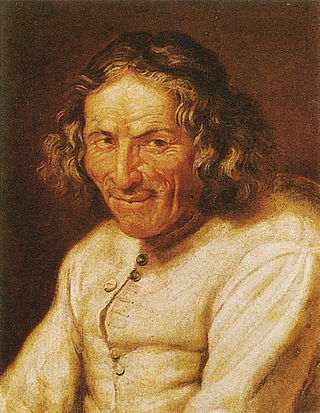
Paul Scarron was a French poet, dramatist, and novelist, born in Paris. Though his precise birth date is unknown, he was baptized on 4 July 1610. Scarron was the first husband of Françoise d'Aubigné, who later became Madame de Maintenon and secretly married King Louis XIV of France.
Mock-heroic, mock-epic or heroi-comic works are typically satires or parodies that mock common Classical stereotypes of heroes and heroic literature. Typically, mock-heroic works either put a fool in the role of the hero or exaggerate the heroic qualities to such a point that they become absurd.

Robert Fagles was an American professor, poet, and academic. He was best known for his many translations of ancient Greek and Roman classics, especially his acclaimed translations of the epic poems of Homer. He taught English and comparative literature for many years at Princeton University.

Alessandro Tassoni was an Italian poet and writer, from Modena, best known as the author of the mock-heroic poem La secchia rapita.
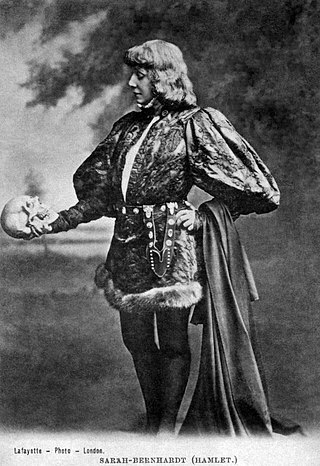
Travesti is a theatrical term referring to the portrayal of a character in an opera, play, or ballet by a performer of the opposite sex.
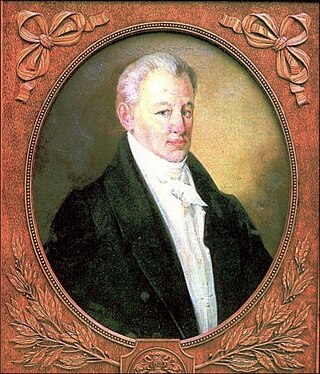
Ivan Petrovych Kotliarevsky was a Ukrainian writer, poet and playwright, social activist, regarded as the pioneer of modern Ukrainian literature. Kotliarevsky was a veteran of the Russo-Turkish War.
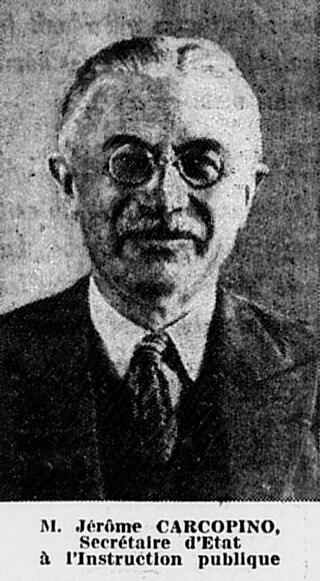
Jérôme Carcopino was a French historian and author. He was the fifteenth member elected to occupy seat 3 of the Académie française, in 1955.
Georges de Brébeuf was a French poet and translator best known for his verse translation of Lucan's Pharsalia (1654) which was warmly received by Pierre Corneille, but which was ridiculed by Nicolas Boileau in his Art poétique.

Le Roman d'Enéas is a romance of Medieval French literature, dating to c. 1160. It is written in French octosyllabic couplets totaling a little over 10,000 lines. Its subject matter is the tale of Aeneas, based on Virgil's Aeneid. It is one of the three important Romans d'Antiquité of this period; the other two are the Roman de Thèbes (anonymous) and the Roman de Troie of Benoît de Sainte-Maure.

The term travesti is used in Latin America to designate people who were assigned male at birth and develop a feminine gender identity. Other terms have been invented and are used in South America in an attempt to further distinguish it from cross-dressing, drag, and pathologizing connotations. In Spain, the term was used in a similar way during the Franco era, but it was replaced with the advent of the medical model of transsexuality in the late 1980s and early 1990s, in order to rule out negative stereotypes. The arrival of these concepts occurred later in Latin America than in Europe, so the concept of travesti lasted, with various connotations.
Nationality words link to articles with information on the nation's poetry or literature.
To the Virgins, to Make Much of Time
Gather ye rosebuds while ye may,
And this same flower that smiles to-day
Nationality words link to articles with information on the nation's poetry or literature.
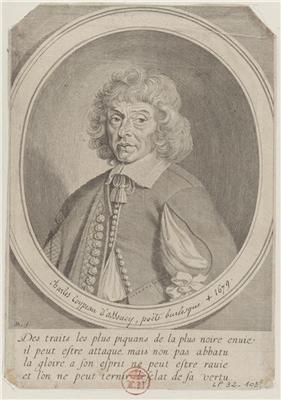
Charles Coypeau was a French musician and burlesque poet. In the mid-1630s, he began using the nom de plumeD'Assouci or Dassoucy.

Linn da Quebrada is the stage name of Lina Pereira dos Santos, a Brazilian singer, actress, screenwriter, and television personality.

Giovan Battista Lalli was an Italian poet and jurist. He was the author of numerous mock-heroic poems among which La franceide and L'Eneide travestita are probably the best known.













